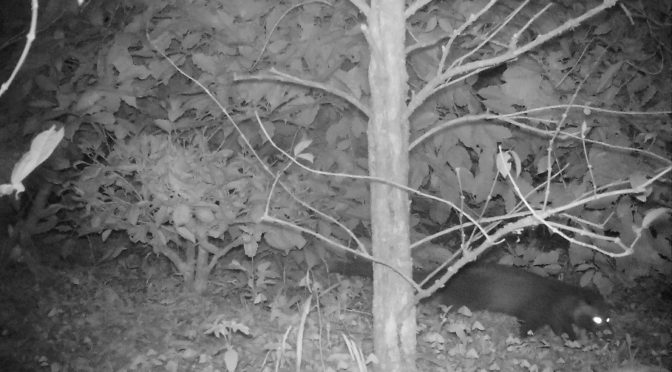Our coffee programme camera traps have been up and running for a full two months now, and our efforts have begun to pay off. Camera traps are infrared cameras that are triggered when “warm objects”, e.g. animals, enter the frame. Camera trapping is a completely wildlife friendly method of collecting data as there is zero disturbance to the animal; this means that often camera traps catch rarely seen behaviours and interactions between animals.
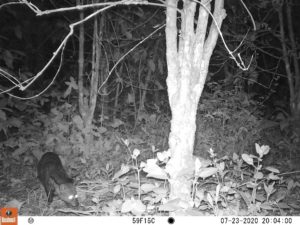
In order to understand both the behavioural ecology of civet species (and other small carnivores) and their distribution within our study area, 24 cameras have been placed in coffee fields belonging to farmers who are part of our coffee programme. Our postdoctoral researcher Dr Marco Campera is particularly interested how the abundance of mammals is influenced by the presence of “shade trees” (large natural forest surrounding coffee fields, placing them in the shade). To test his theory, we have placed 12 cameras in coffee fields that are fully exposed to the sun, and 12 cameras in coffee fields that are shaded from the sun by natural forest trees. After 6 months we will move our cameras to new fields so that we can cover as much of our study area as possible.
We can never be sure what our camera traps will catch footage of, and sometimes it can be several days or even several weeks before the traps are successful in capturing footage of small carnivores in our study area. However, these past few weeks have particularly fruitful in camera trapping terms and we have brought out the best photos here to show you.
In the last two months we have captured photos of Javan palm civets (Paradoxurus musanga), small Indian civets (Viverricula indica), Sunda leopard cats (Prionailurus javanensis), Javan ferret badgers (Melogale orientalis) and Javan kingfishers (halcyon cyanoventris).
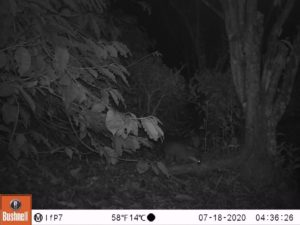
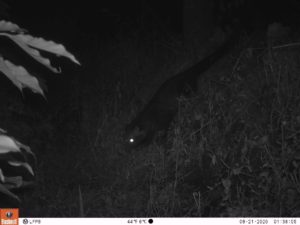
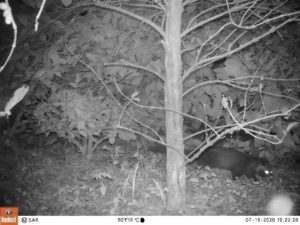
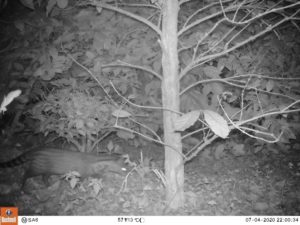

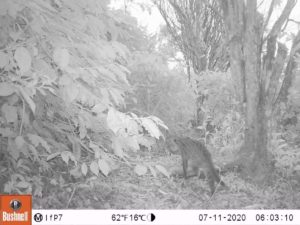
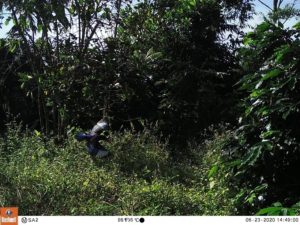
As well as providing Dr Campera with data for the coffee programme, this data will contribute to LFP’s long-term camera trapping programme which includes monitoring loris bridges, agricultural ground, and forest. As we are also in the process of capturing civets to give them GPS collars, this camera trap data will provide the perfect base for our research on civet behaviour and movements.

